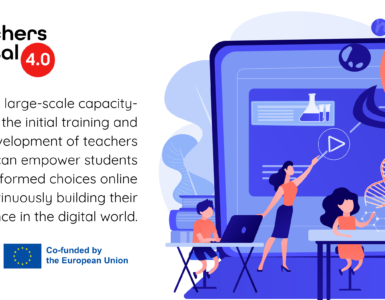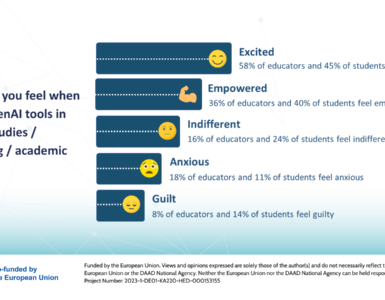This month, 5 years ago, the AV-Portal of the TIB went online. Among the first 2000 films were instructional videos by Professor Jörn Loviscach, who teaches mathematics and informatics at the University of Applied Sciences in Bielefeld, videos from the German Aerospace Center (DLR) and 600 historical films from the former Institute for Scientific Film (IWF). In the meantime, the number of videos has increased tenfold and every day over a thousand visitors use the analysis tools and search functions of the AV-Portal to research the stock of almost 20,000 videos and to use scientific and educational AV media from technology and natural sciences. The number of authors and cooperation partners has also risen sharply in recent years.
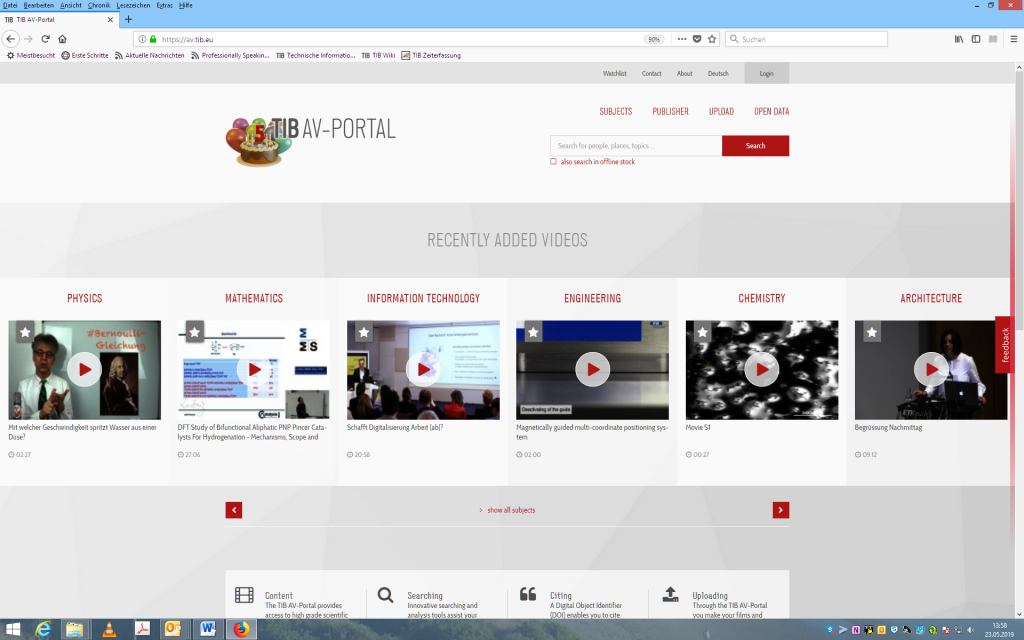
The TIB AV-Portal (av.tib.eu) is a web-based platform for quality-tested scientific and educational videos, such as instructional videos, conference recordings, computer visualizations, simulations or video abstracts. The portal was developed jointly by the TIB and the Hasso Plattner Institute and has been operated by TIB since 2014. At present, the stock amounts to nearly 20,000 videos, most of which are published under Open Access licences. Almost 60% of the videos are in English, 30% in German and 10% without spoken text. The portal offers automated video analysis with scene, speech, text and image recognition. Based on this, content can be localized within the videos using semantic and explorative search functions. The assignment of Digital Object Identifiers (DOI) and Media Fragment Identifiers (MFID) ensures a stable and precise citation capability.
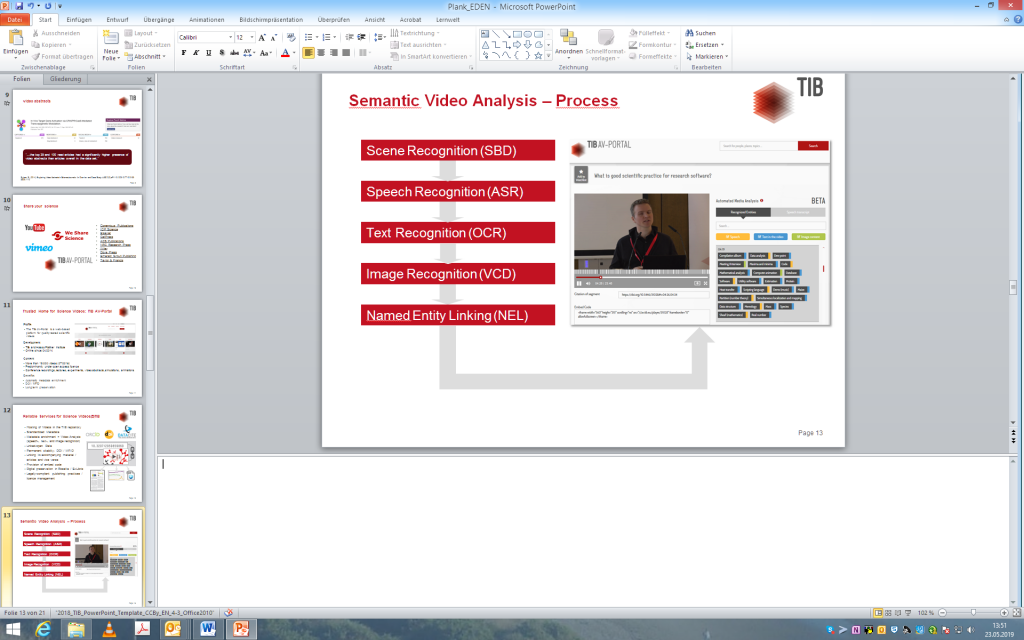
Among the most watched videos in the AV-Portal are the instructional videos of Professor Jakob G. Lauth, who teaches Physical Chemistry at the University of Applied Sciences in Aachen. Over 300 of his videos are available on the AV portal, which he recommends to his students as preparation for the course and exams and which he uses in a flipped classroom scenario. He notes from his experience “that traditional frontal teaching does not do justice to the individual learning speeds of the students”. He says that “with learning videos I have the possibility to present facts in a multimedia way. Students – even those with impairments or language difficulties – can determine their own learning speed. Knowledge transfer must also be oriented to the life and learning world of the current generation, which lives practically online. The learning videos have a manageable length, are completely subtitled and can be called up at any time.” What he particularly likes about the AV-Portal is “that the videos are there elaborately analyzed and categorized, and are therefore easy for all interested to find. Through the DOIs the videos can be quoted, e.g. for Wikipedia or in my ORCID profile.”
Much has changed in the last five years. Since 2016, the portal has shone in the new TIB colours, the number of users has more than doubled every year and new functionalities have been added. The Lab Non-Textual Materials team at TIB works daily on further development. But it’s the content that brings the whole thing to life: the films and, of course, those who produce and publish them (free of charge) on the AV portal. We are looking forward to successful cooperations in the future and invite all educators and scientists to use the AV-Portal as a reliable infrastructure for their videos and supplementary materials, so that the next five years will be as successful as the past five years have been. If you are interested in a cooperation, please contact us.
Margret will be presenting the TIB portal at the Media & Learning conference on Wednesday 6 June in Leuven.
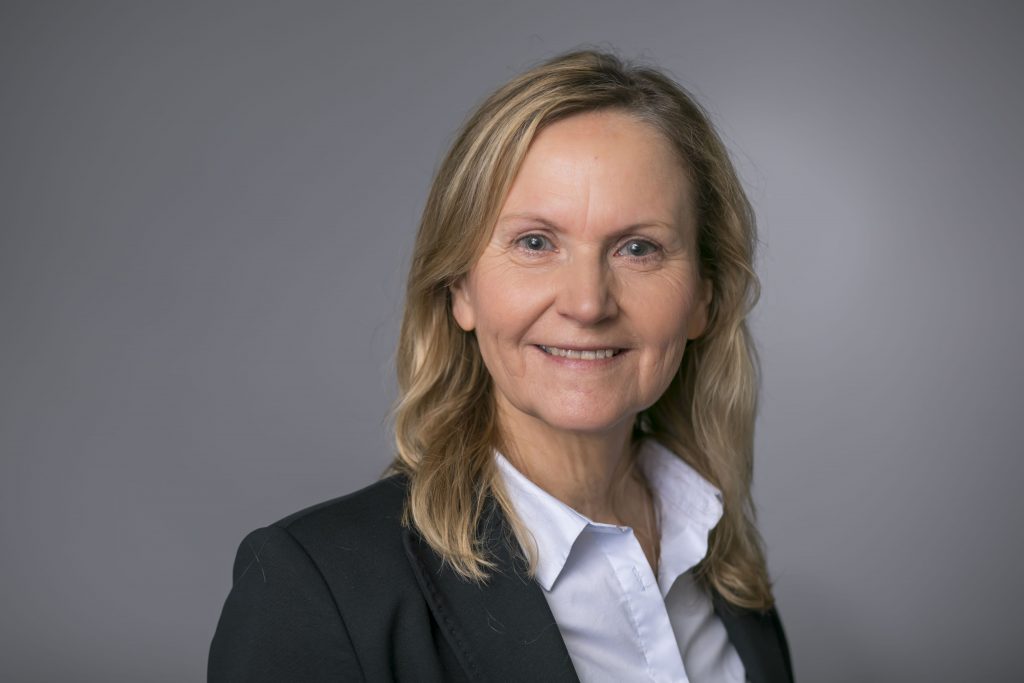
Author
Margret Plank
Head of Lab for Non-Textual Materials, Technische Informationsbibliothek (TIB), Germany



